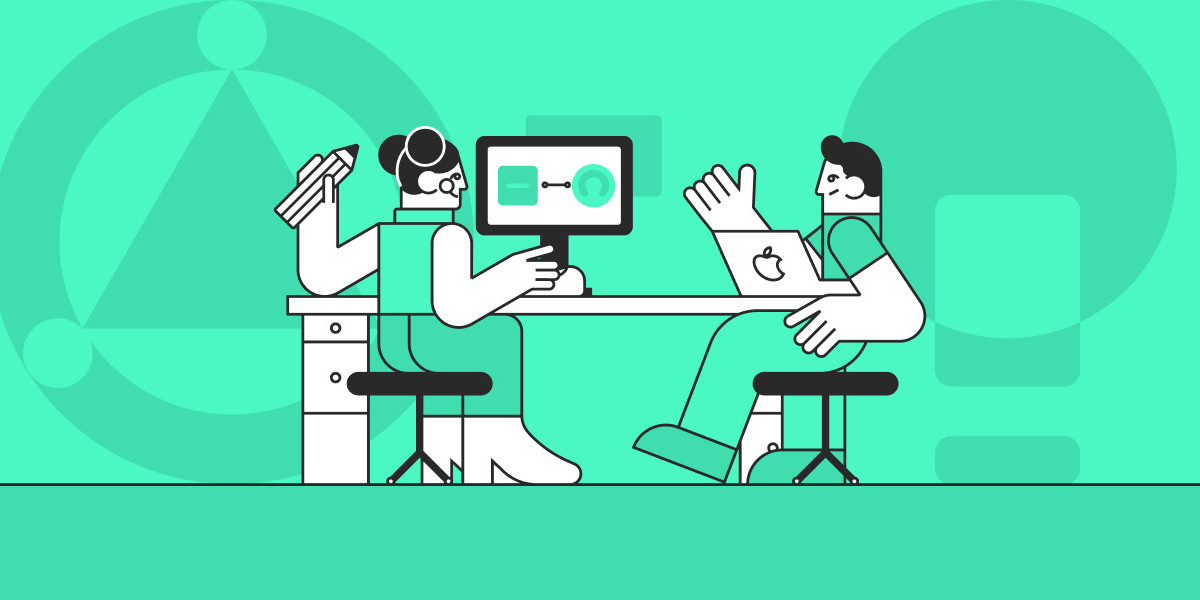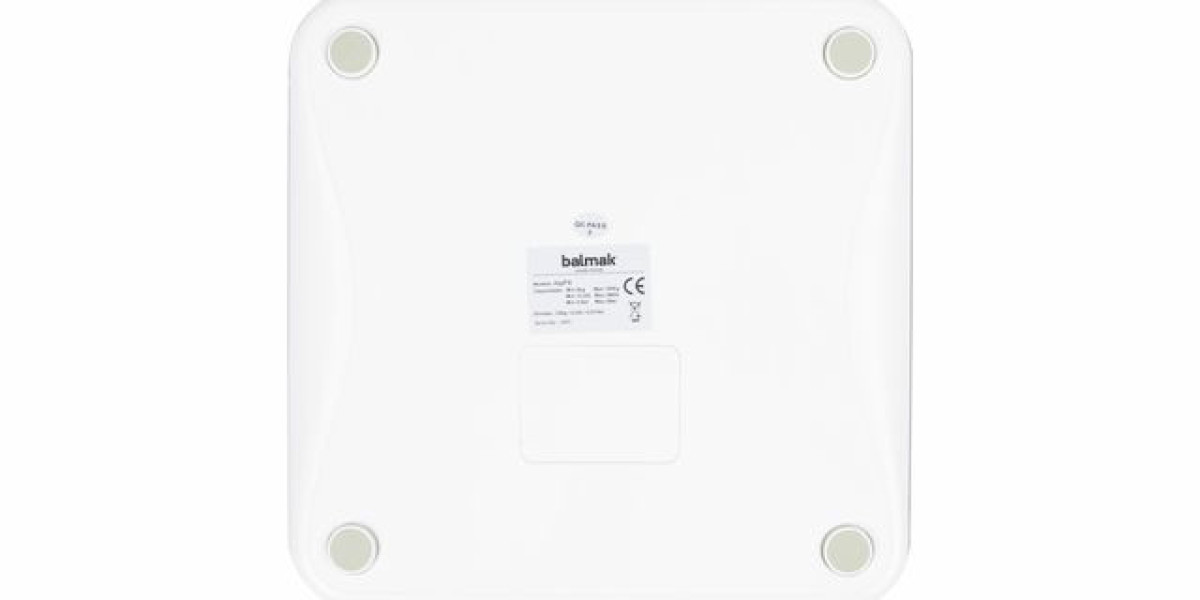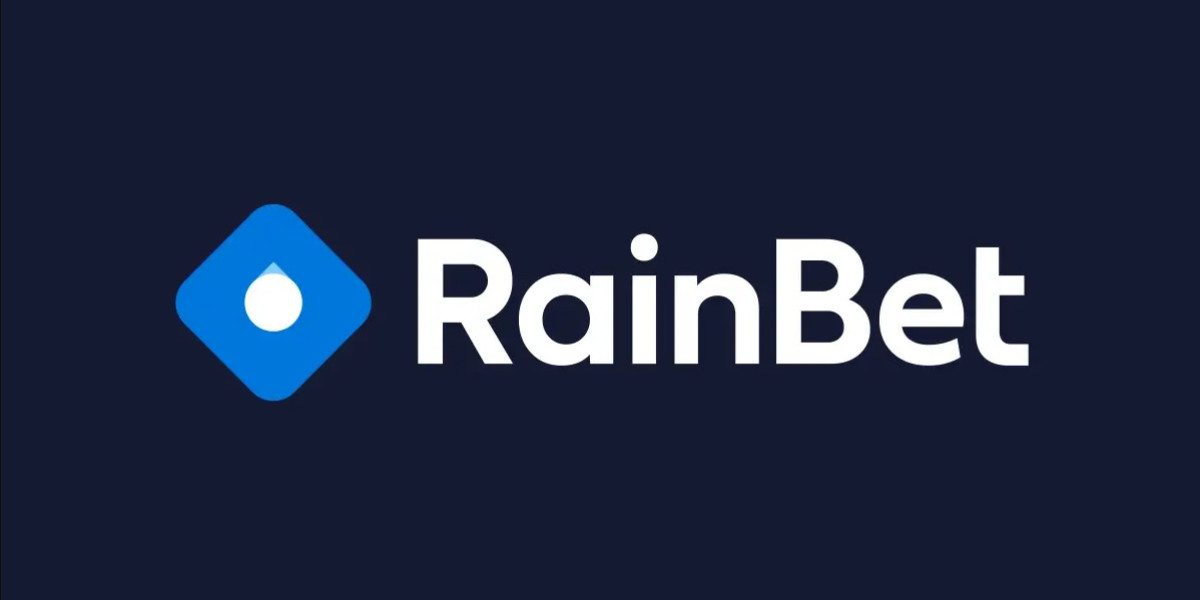In today's digital landscape, a well-crafted user interface (UI) and seamless user experience (UX) are crucial for the success of any website or application. Many businesses opt to hire UI/UX designers offshore to reduce costs while accessing top talent. However, ensuring quality remains a challenge.
This guide outlines how to successfully hire UI/UX designers offshore without compromising on quality.
1. Define Your UI/UX Requirements Clearly
Before you start the hiring process, define your project needs. Outline the scope, features, and design expectations. Key considerations include:
The complexity of the design project
Target audience and industry-specific requirements
Expected deliverables, such as wireframes, prototypes, and user flows
Having a well-documented project brief helps ensure that the offshore team understands your expectations.
2. Choose the Right Hiring Model
There are multiple ways to hire UI/UX designers offshore. The three most common models are:
Freelancers – Ideal for small projects or specific design tasks.
Dedicated Teams – Suitable for long-term engagements requiring continuous design improvements.
Graphic Design Outsourcing Companies – Best for businesses seeking comprehensive design solutions with a structured workflow.
Each model has its benefits, so choose one based on your project complexity and budget.
3. Vet Offshore UI/UX Designers Thoroughly
To avoid quality issues, conduct a thorough vetting process. Here’s how:
Portfolio Review – Examine previous UI/UX design work for usability, aesthetics, and industry relevance.
Technical Skills Evaluation – Ensure designers are proficient in tools like Figma, Adobe XD, and Sketch.
Communication Skills – Assess their ability to understand and convey ideas effectively.
Client References and Reviews – Check testimonials to verify their reliability and performance.
4. Prioritize User-Centric Design Approaches
A great offshore UI/UX designer should prioritize user experience by:
Conducting user research and creating personas
Developing wireframes and interactive prototypes
Following best practices in accessibility and usability
Implementing responsive design for various devices
Ensure the designer understands your users' needs and delivers an intuitive interface.
5. Set Clear Communication Channels
Since offshore teams work in different time zones, effective communication is essential. Use:
Project Management Tools – Trello, Jira, or Asana for task tracking.
Collaboration Platforms – Slack, Microsoft Teams, or Zoom for real-time discussions.
Design Feedback Tools – InVision or Figma for commenting on designs.
Establishing a structured communication framework minimizes misunderstandings and keeps the project on track.
6. Ensure Alignment with Your Brand Identity
Consistency in branding and UI/UX design is crucial. The offshore designer should:
Understand your brand guidelines (color schemes, typography, and visuals)
Maintain consistency across all digital platforms
Work closely with your in-house team to ensure alignment
A well-defined brand identity results in a cohesive and professional user experience.
7. Test and Iterate for Quality Assurance
Quality assurance is a continuous process in UI/UX design. To maintain high standards:
Conduct usability testing – Gather feedback from real users.
A/B testing – Compare different design variations.
Analyze user behavior – Use heatmaps and analytics tools.
Iterate based on feedback – Make improvements to enhance the user experience.
Regular testing ensures that your offshore UI/UX designers meet quality benchmarks.
8. Consider Cost vs. Value
While offshore UI/UX designers often provide cost advantages, don’t compromise quality for lower rates. Compare:
Freelancer rates – Typically $20–$100 per hour depending on experience.
Agency rates – Can range from $50–$150 per hour but offer structured workflows.
Project-based pricing – Suitable for well-defined projects with fixed budgets.
Balance affordability with expertise to get the best value.
9. Protect Your Intellectual Property (IP)
When working with offshore designers, safeguard your project details and proprietary information by:
Signing Non-Disclosure Agreements (NDAs)
Defining ownership rights in contracts
Using secure file-sharing platforms
This ensures that your designs remain confidential and protected.
10. Work with Established Graphic Design Outsourcing Companies
To minimize risks, collaborate with reputable graphic design outsourcing firms that specialize in UI/UX design. Benefits include:
Access to a vetted team of designers
A structured workflow with quality checks
Reliable project delivery and post-design support
Research outsourcing companies with strong industry experience to ensure seamless collaboration.
Conclusion
Hiring offshore UI/UX designers can be a cost-effective and efficient solution when done correctly. By defining your project needs, vetting designers carefully, and leveraging the right tools, you can maintain high-quality design standards while benefiting from offshore talent.
If you’re considering graphic design outsourcing, prioritize quality and professionalism to create exceptional user experiences. With the right approach, offshore UI/UX hiring can be a game-changer for your business.
FAQs
1. Why should I hire offshore UI/UX designers?
Hiring offshore UI/UX designers allows businesses to access a global talent pool at competitive rates without compromising quality. It also provides flexibility and scalability for different project needs.
2. How do I ensure quality when hiring offshore designers?
Thoroughly vet candidates by reviewing portfolios, assessing technical skills, checking client reviews, and conducting test projects before hiring.
3. What tools help manage offshore UI/UX teams effectively?
Project management tools like Trello or Asana, collaboration platforms such as Slack or Zoom, and design tools like Figma help streamline communication and workflow.
4. What are the typical costs of hiring offshore UI/UX designers?
Freelancers may charge between $20–$100 per hour, while agencies can range from $50–$150 per hour. Project-based pricing varies depending on complexity.
5. How do I protect my intellectual property when outsourcing UI/UX design?
Use Non-Disclosure Agreements (NDAs), define ownership rights in contracts, and work with secure file-sharing platforms to safeguard your designs.
6. Should I hire a freelancer, a dedicated team, or an outsourcing company?
Freelancers are suitable for small tasks, dedicated teams work well for long-term projects, and outsourcing companies provide structured workflows with quality assurance.






